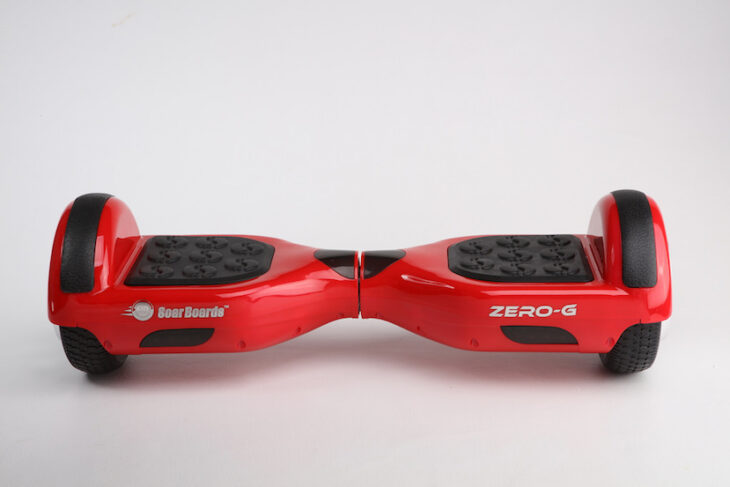Podcast: Play in new window | Embed
Consumer Reports joined Into Tomorrow this week to tell us about SLR cameras for the holidays:
If you’re looking take better quality pictures this holiday season, you might want to consider upgrading to an SLR camera. While the top-of-the-line models can run you several thousand dollars, you can take better pictures for much less than that, so says Consumer Reports. Their electronics spokesman James McQueen is here with some recommendations.
We bought three models from Amazon—each at a different price point: a $400 Swagway X1, a $600 MonoRover R2, and an $830 Chic Smart S1.
In our tests, we found that an unexpected obstruction —even a small stick, pebble, dip, or bump in the sidewalk — can jolt the rider into shifting his or her weight from one side to the other. That shift can make the wheel on one side speed up or slow down, forcing the hoverboard into an unplanned turn. When that happens, it’s very easy to fall: In short, hoverboards are almost too responsive.
Before you first step onto a hoverboard, find yourself a spotter. Because the board begins to move the moment you apply pressure, it helps to have someone strong at your side, holding your hand, ready to catch you if you lose your balance. And, always, always, always wear a helmet.
Be very careful when charging them. Due to the threat of fire, the CPSC and us both advise you to monitor boards carefully when recharging the battery. Do not do leave them plugged into an outlet overnight or when you’re away from home.
For more info on this story, visit ConsumerReports.org.



